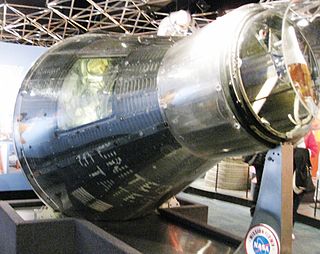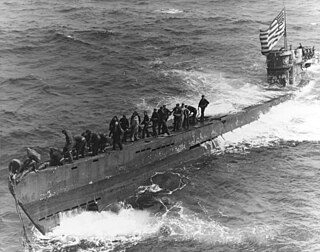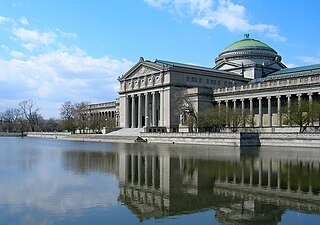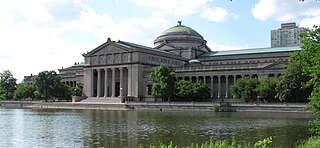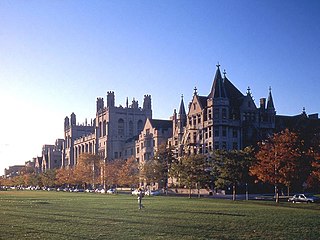Self-guided Sightseeing Tour #13 in Chicago, United States
Legend
Tour Facts
2.3 km
22 m
Experience Chicago in United States in a whole new way with our free self-guided sightseeing tour. This site not only offers you practical information and insider tips, but also a rich variety of activities and sights you shouldn't miss. Whether you love art and culture, want to explore historical sites or simply want to experience the vibrant atmosphere of a lively city - you'll find everything you need for your personal adventure here.
Activities in ChicagoIndividual Sights in ChicagoSight 1: Henry Crown Space Center
Henry Crown Space Center opened in 1986. The space center includes artifacts and interactive exhibits about space travel. Located in the Chicago Museum of Science and Industry, the Henry Crown Space Center includes the Apollo 8 spacecraft and Aurora 7 capsule.
Sight 2: U-505 Submarine
U-505 is a German Type IXC submarine built for Germany's Kriegsmarine during World War II. It was captured by the United States Navy on 4 June 1944 and survives as a museum ship in Chicago.
Sight 3: Pioneer Zephyr
The Pioneer Zephyr is a diesel-powered trainset built by the Budd Company in 1934 for the Chicago, Burlington & Quincy Railroad (CB&Q), commonly known as the Burlington Route. The trainset was the second internal combustion-powered streamliner built for mainline service in the United States, the first such train powered by a diesel engine, and the first to enter revenue service.
Sight 4: Griffin Museum of Science and Industry
The Griffin Museum of Science and Industry (MSI), formerly known as the Museum of Science and Industry, is a science museum located in Chicago, Illinois, in Jackson Park, in the Hyde Park neighborhood between Lake Michigan and The University of Chicago. It is housed in the Palace of Fine Arts from the 1893 World's Columbian Exposition. Initially endowed by Sears, Roebuck and Company president and philanthropist Julius Rosenwald and supported by the Commercial Club of Chicago, it opened in 1933 during the Century of Progress Exposition. It was renamed for benefactor and financier Kenneth C. Griffin on May 19, 2024.
Wikipedia: Museum of Science and Industry (Chicago) (EN), Website, Opening Hours
Sight 5: Jackson Park
Jackson Park is a 551.5-acre (223.2 ha) urban park on the shore of Lake Michigan on the South Side of Chicago. Straddling the Hyde Park, Woodlawn, and South Shore neighborhoods, the park was designed in 1871 by Frederick Law Olmsted and Calvert Vaux and remodeled in 1893 to serve as the site of the World's Columbian Exposition. It is one of the largest and most historically significant parks in the city, and many of the park's features are mementos of the fair—including the Garden of the Phoenix, the Statue of The Republic, and the Museum of Science and Industry.
Sight 6: Midway Plaisance
The Midway Plaisance, known locally as the Midway, is a public park on the South Side of Chicago, Illinois. It is one mile long by 220 yards wide and extends along 59th and 60th streets, joining Washington Park at its west end and Jackson Park at its east end. It divides the Hyde Park community area to the north from the Woodlawn community area to the south. Near Lake Michigan, the Midway is about 6 miles (10 km) south of the downtown "Loop". The University of Chicago was founded just north of the park, and university buildings now front the Midway to the south, as well.
Share
How likely are you to recommend us?
Disclaimer Please be aware of your surroundings and do not enter private property. We are not liable for any damages that occur during the tours.
GPX-Download For navigation apps and GPS devices you can download the tour as a GPX file.
